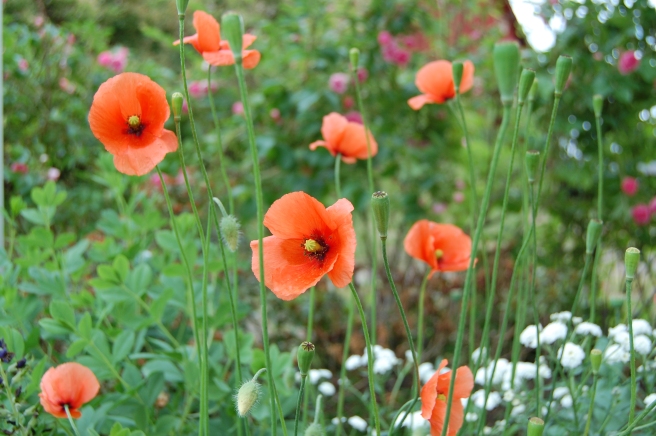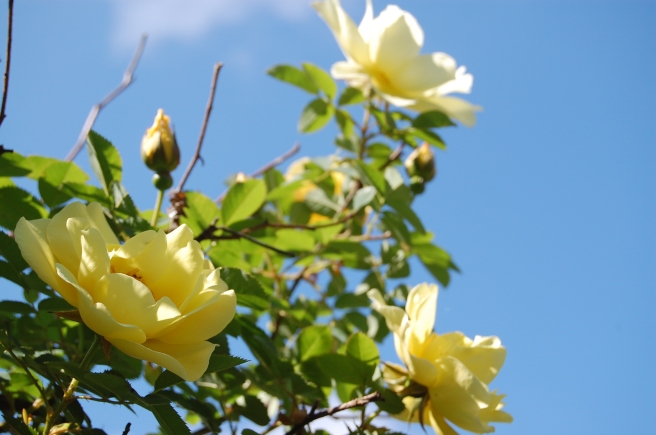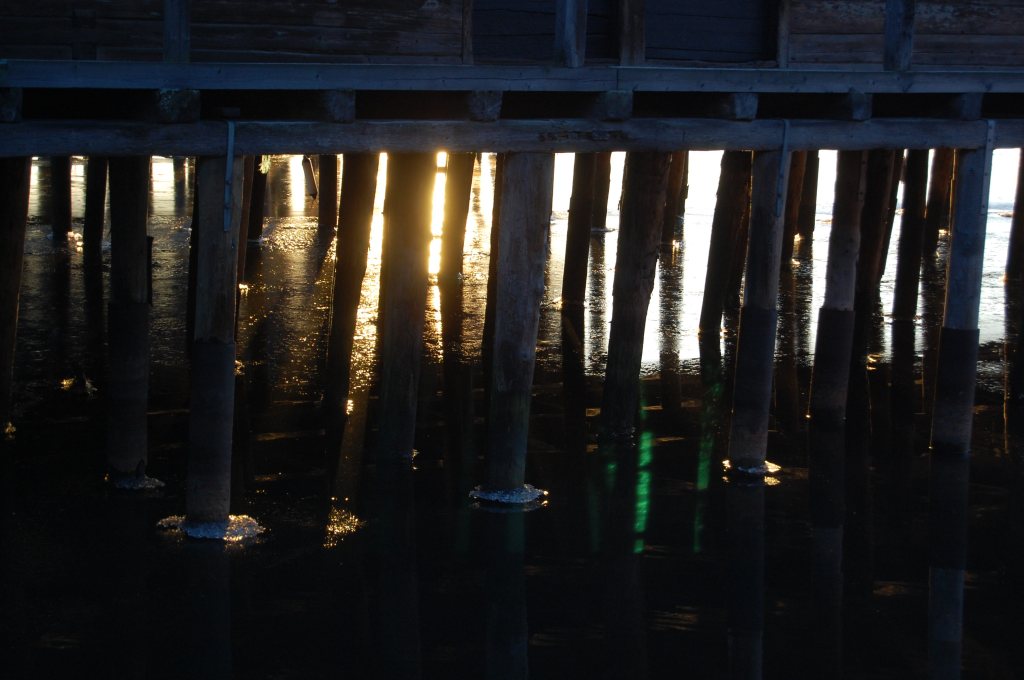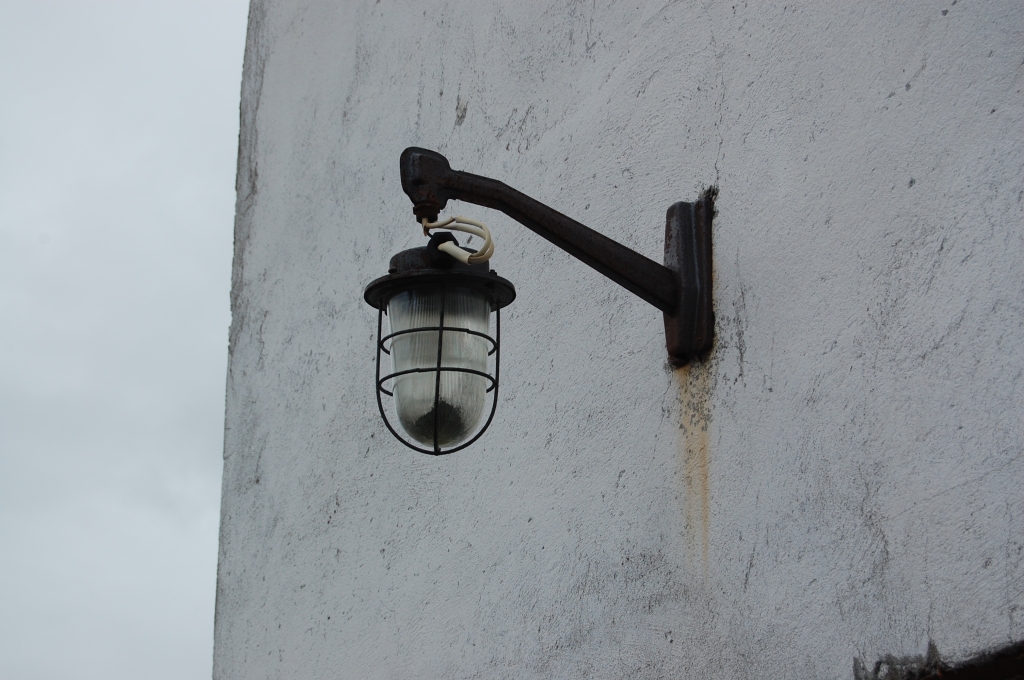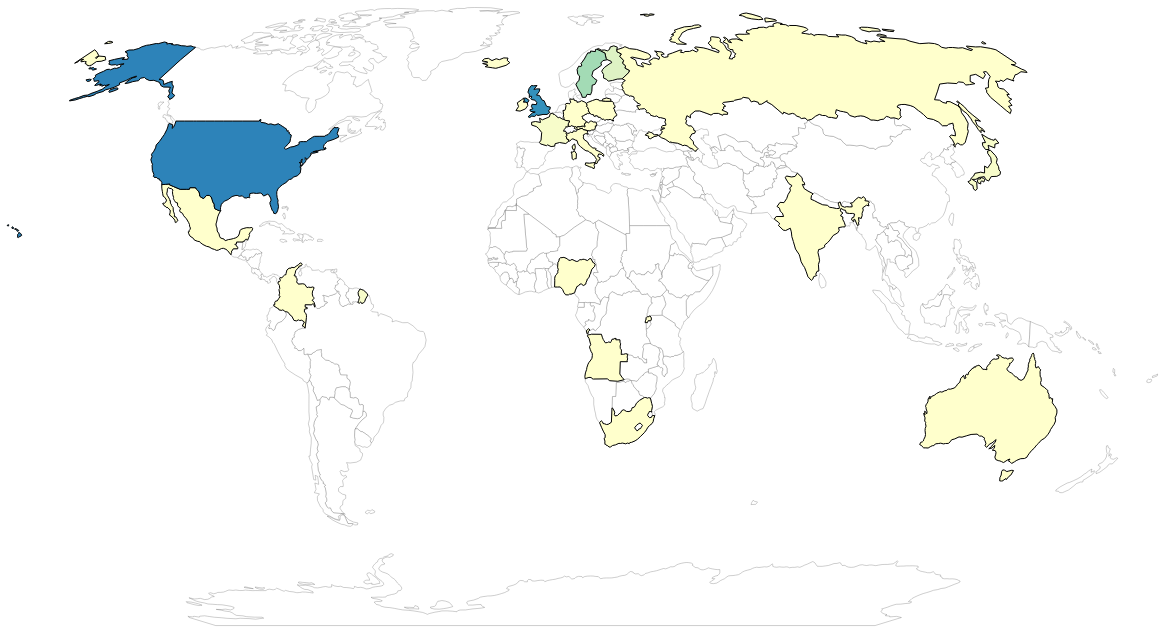I had planned to take a very active part in the ReadIndies month, but life got in the way and I have only now finished my first (only?) read for the challenge. Fortunately I have really enjoyed the book I have read; Water, ice and stone by Bill Green is a science memoir by a geochemist working on the lakes in the Dry Valleys in Antarctica. I don’t read very much popular science, as a scientist myself I have a hard time finding books, even from other fields, that are on an appropriate level, but I do love a good science memoir, and if it is set on Antarctica, a region I have always wanted to work in, well, that is even better.
Unfortunately a busy month meant that I read it in bits and pieces, loosing track of some of the people and some of the lakes along the way. However, this didn’t do much to detract from my enjoyment of the book. What I’m primarily looking for in a science memoir is an infectious love and fascination for science and an ability to move effortlessly between science, art and life, showing the broader picture of why we do science, and I certainly got that. Not being a great fan of lab work I have tended to think of geochemistry as an important but somewhat boring branch of geoscience. However, the way Bill Green tells the story is absolutely fascinating and I’m grateful for the opportunity to see geochemistry through his eyes!
Not surprisingly it was published by Bellevue Literary Press, a really interesting publisher focused on the intersection between art and science. During last year’s ReadIndies challenge I read A Matematician’s Lament and later in the year A Wilder Time, which was another memoir, written by a geologist working in Greenland. I never got around to reviewing A Wilder Time, but it was probably my favorite of the three.




